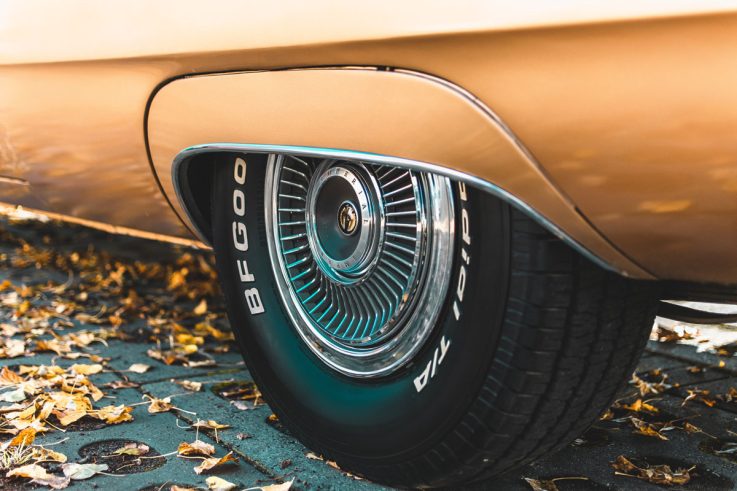As the weather cools down in the fall, you may notice that your car tire pressure starts to go down. This is perfectly normal, and there are a few reasons why it happens.
Why tire pressures decrease
The main reason why tire pressure decreases in the fall is because of the temperature. As the air temperature drops, the air molecules in your tires contract. This means that there is less air pressure in your tires.
Another reason why tire pressure decreases in the fall is because of the humidity. When the humidity is high, the air contains more water molecules. Water molecules are larger than air molecules, so when there is more water in the air, it takes up more space. This means that there is less air pressure in your tires.
How much does tire pressure decrease?
Tire pressure decreases by about 1 PSI for every 10 degrees Fahrenheit that the temperature drops. So, if the temperature drops from 70 degrees Fahrenheit to 60 degrees Fahrenheit, your tire pressure will decrease by about 1 PSI.
If the humidity is high, your tire pressure will decrease even more. For example, if the humidity is 70%, your tire pressure will decrease by about 2 PSI for every 10 degrees Fahrenheit that the temperature drops.
How to check and maintain tire pressure
It’s important to check your tire pressure regularly, especially in the fall and winter when the temperature and humidity are lower. You should check your tire pressure at least once a month, and more often if you drive in cold weather frequently.
To check your tire pressure, use a tire pressure gauge. The recommended tire pressure for your vehicle is listed on the driver’s side doorjamb or in the owner’s manual.
If your tire pressure is low, add air until it reaches the recommended level. Be sure to check the tire pressure when the tires are cold, meaning that the car has not been driven for at least three hours.
Tips for preventing tire pressure loss in the fall
There are a few things you can do to prevent tire pressure loss in the fall:
- Check your tire pressure regularly.
- Add air to your tires when the temperature drops.
- Use nitrogen instead of air in your tires. Nitrogen is less likely to leak through the pores of the tire rubber.
- Avoid driving on rough roads.
- Keep your tires properly inflated.
Tire pressure loss is a common problem in the fall. By checking your tire pressure regularly and adding air when necessary, you can help prevent tire pressure loss and keep your tires safe and healthy. When you do find yourself in need of a tire change, call Limitless Towing at 1-847-766-9230. We can get you back on the road quickly and we’re available 24/7.




